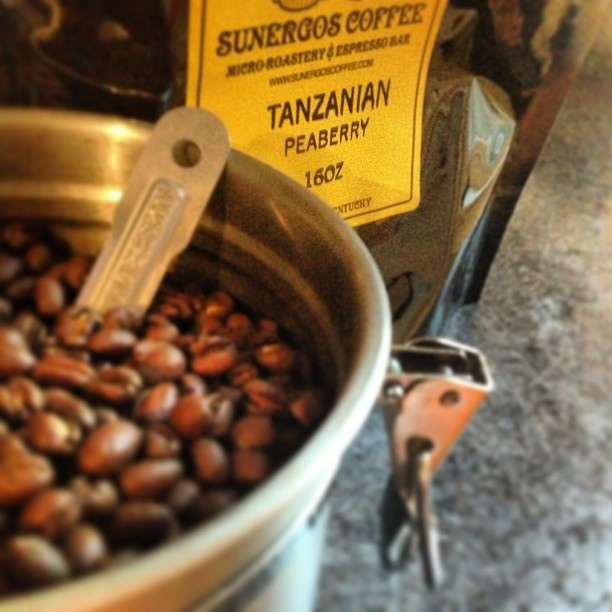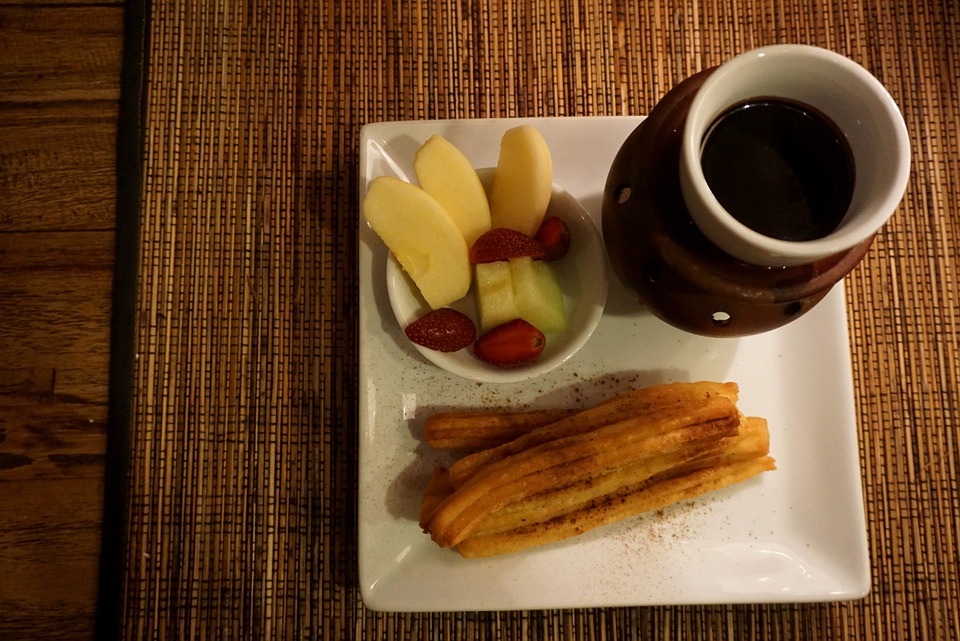Besides Ethiopian and Kenyan coffees, other countries, like Tanzania, make outstanding beans. Out of the roughly 30,000 annual tons of coffee produced in Tanzania, 70% are produced from arabica beans, which are much of a higher quality than robusta. The beans are mainly grown in elevated regions around Mount Kilimanjaro, the Mbeya region, and the Matengo Highlands.The species coffea bridsoniae and coffee kihansiensis were also found in the Tanzania Arc Mountains.
European Influences
In the 16th century, coffee was introduced to Tanzania by modern-day Ethiopia, where it was used as a stimulant. However, when the Germans colonized Tanzania in the late 19th century, more coffee plantations were installed and the beans were mass-produced and cultivated. After the First World War, the British took control over the Tanzanian coffee industry, instating multiple land reform laws to control the country’s imports and exports. When Tanzania gained independence from the British and became an independent republic on December 9, 1961, the country’s coffee farmers took back control over their industry and doubled the mass-production of the crop.
Grading and Roasts
Currently, the Tanzanian Coffee Board controls the issuing of licenses and permits for land cultivation, and it also controls the different grades of the beans. We use the AA grade, the highest quality. Tanzania Peaberry coffee of this grade is known for its fruity and cedar notes that permeate its acidity levels, providing it with a deep and rich flavor. Coffee enthusiasts often compare the drink to Kenyan coffee, as they both offer a distinct and aromatic aftertaste. The medium roast is the preferred method of preparation for Tanzania Peaberry because the fruity aroma in the coffee will hold intricate elements of citrus, pineapple, and coconut, as well as floral tones.
If you’re looking for a fruity coffee, try our medium-roasted Tanzania Peaberry coffee the next time you stop by.



